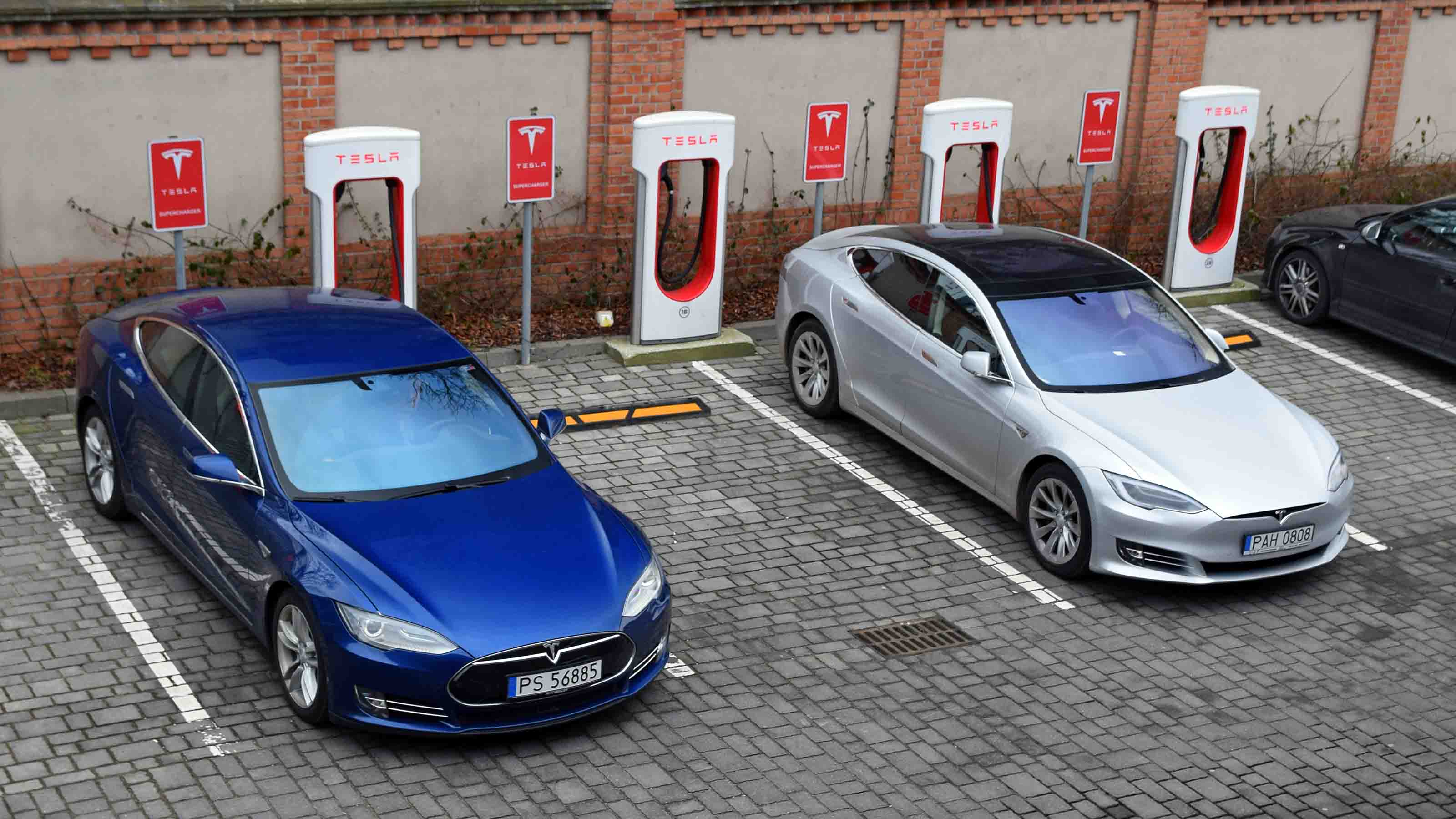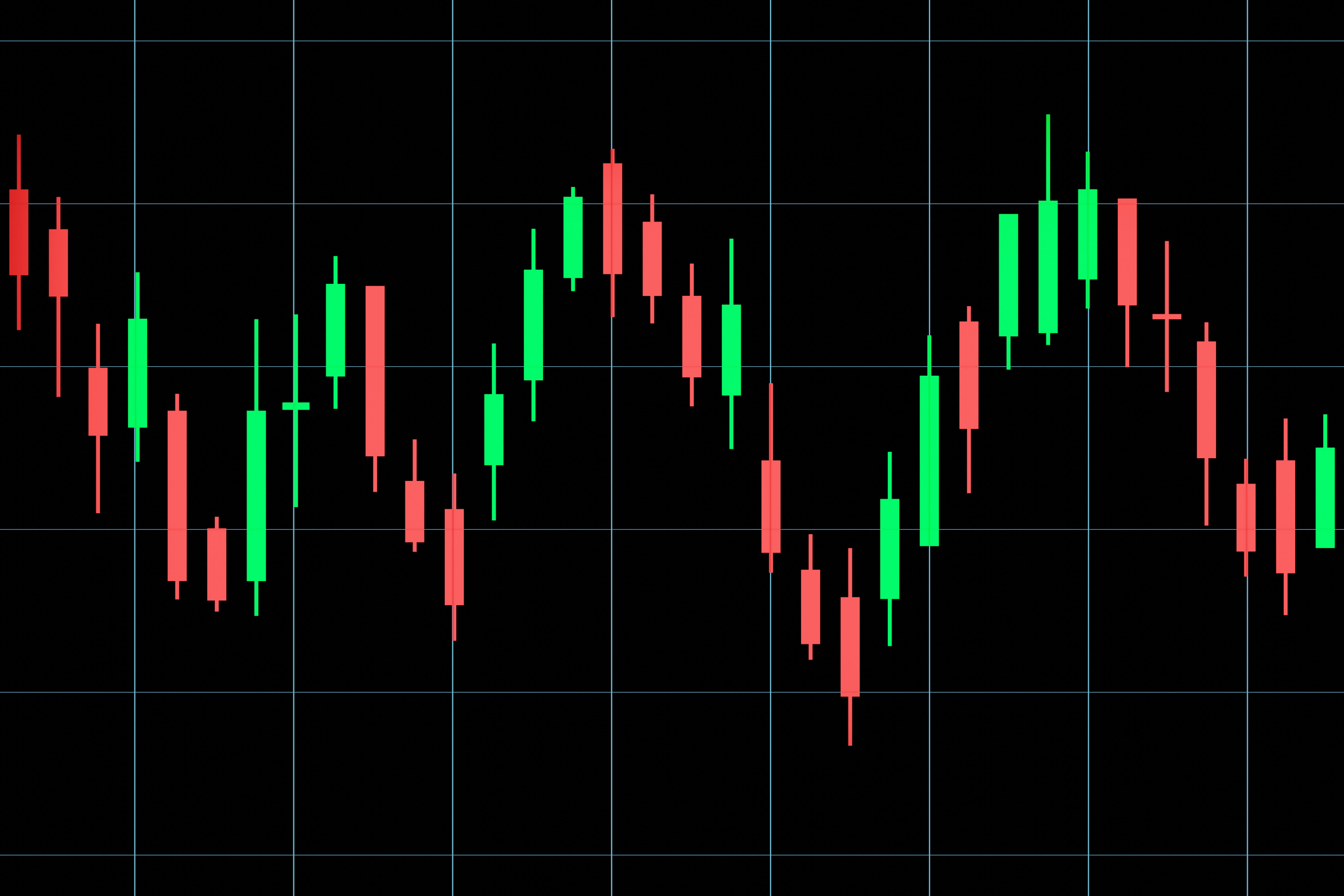Tesla Deliveries Miss Estimates. Is the EV Market at Risk?
Third-quarter deliveries for Tesla came in lower than analysts were expecting, but the company is still in solid shape heading into Q4.


Tesla (TSLA, $242.40) reported its third-quarter production and delivery numbers this past Sunday. Investors were disappointed by the figures, and TSLA stock lost more than 8% in Monday trading.
How bad were they?
They weren't all that bad. In fact, they were record-setting, with total production of 365,923, up 54% over Q3 2021. And Tesla delivered 343,830 vehicles over the three-month period, a 42% increase from a year ago. Deliveries of the Model S and X – its two older models – more than doubled on a year-over-year (YoY) basis to 18,672. The newer Model 3 and Y had collective deliveries of 325,158.

Sign up for Kiplinger’s Free E-Newsletters
Profit and prosper with the best of expert advice on investing, taxes, retirement, personal finance and more - straight to your e-mail.
Profit and prosper with the best of expert advice - straight to your e-mail.
That last figure appears to be the fly-in-the-ointment for investors. Although the Model 3 and Model Y deliveries increased 40% YoY, they jumped 87% in Q3 2021. That suggests these two electric vehicle (EV) models are experiencing decelerating sales.
What Tesla's Q3 Numbers Mean for EV Sales
Investors could be wondering what Tesla's latest production and delivery numbers mean for the entire EV market.
Analysts expected Tesla to deliver between 14,000 and 15,000 more EVs than it did in the third quarter. That's a 4.2% miss on the consensus estimate.
However, the fact Tesla didn't deliver all the vehicles it produced in the quarter – a 22,093 shortfall – suggests sales in China were softer than expected, forcing the company to send some of the EVs produced at its Shanghai factory to Europe and the U.S.
Investors who were expecting Chinese sales to be stronger are now left wondering if Tesla's miss will be a familiar tune across all EV stocks? Or is this merely a blip in Elon Musk's quest to sell more electric cars than anyone else.
Tesla is Confident About a Q4 Rebound
TSLA's delivery-to-production shortfall is likely a one-time affair rather than the start of an ugly trend. The company expects its fourth-quarter production to jump dramatically and continue into next year amid solid increases in output at its two newer assembly lines in Texas and Germany.
Tesla still feels it can grow deliveries by 50% in 2022 despite lingering supply-chain issues. Through the first nine months, it produced 929,910 electric vehicles. Its internal projection for fourth-quarter production of its two newer products is 495,000, or approximately 95% overall. It believes that it can produce 40,000 EVs per week by the end of 2022.
If it does meet this fourth-quarter goal, it will produce more than 1.4 million EVs worldwide in 2022. Its internal projections also put it on course to produce 2.1 million EVs in 2023.
CFRA Research analyst Garrett Nelson discussed Tesla's latest production numbers in an Oct. 3 note to clients. He has Strong Buy rating and a $400 price target on TSLA stock.
"While shares could trade lower on Monday, we continue to view TSLA as one of the market's most compelling earnings growth stories,” Nelson stated in his note.
UBS analysts believe that the Tesla is best positioned to be able to lower prices in 2023 to ensure its increased production capacity is fully utilized. And it can do this while maintaining its healthy 30% auto gross margins.
If there's an industry slowdown, Tesla didn't get the memo. It appears to be in excellent shape heading into the final quarter of 2022 and beyond.
Get Kiplinger Today newsletter — free
Profit and prosper with the best of Kiplinger's advice on investing, taxes, retirement, personal finance and much more. Delivered daily. Enter your email in the box and click Sign Me Up.

Will has written professionally for investment and finance publications in both the U.S. and Canada since 2004. A native of Toronto, Canada, his sole objective is to help people become better and more informed investors. Fascinated by how companies make money, he's a keen student of business history. Married and now living in Halifax, Nova Scotia, he's also got an interest in equity and debt crowdfunding.
-
 6 Stunning Waterfront Homes for Sale Around the US
6 Stunning Waterfront Homes for Sale Around the USFrom private peninsulas to lakes, bayous and beyond, Kiplinger's "Listed" series brings you another selection of dream homes for sale on the waterfront.
By Charlotte Gorbold Published
-
 Six Reasons to Disinherit Someone and How to Do It
Six Reasons to Disinherit Someone and How to Do ItWhether you're navigating a second marriage, dealing with an estranged relative or leaving your assets to charity, there are reasons to disinherit someone. Here's how.
By Donna LeValley Published
-
 Stock Market Today: Tariff Talks Drive Another Up-and-Down Day
Stock Market Today: Tariff Talks Drive Another Up-and-Down DayTrade war negotiations are happening, but the "fear gauge" is gyrating, and investors, traders and speculators are still searching for signs of a bottom.
By David Dittman Published
-
 Stock Market Today: Dow Drops Another 2,231 Points to Hit a Correction
Stock Market Today: Dow Drops Another 2,231 Points to Hit a CorrectionThe Nasdaq Composite, meanwhile, entered a new bear market with its latest slide.
By Karee Venema Published
-
 Stock Market Today: Dow Dives 1,679 Points on Trump Tariff Shock
Stock Market Today: Dow Dives 1,679 Points on Trump Tariff ShockU.S. stocks lost roughly $3.1 trillion in market cap on Thursday – the biggest one-day decline since the start of the COVID-19 pandemic in March 2020.
By Karee Venema Published
-
 The Stock Market Is Selling Off. Here's What Investors Should Do
The Stock Market Is Selling Off. Here's What Investors Should DoInvestors started fleeing the equities market en masse in response to the Trump administration's "jaw-dropping" tariffs. But the experts say don't panic.
By Karee Venema Last updated
-
 Stock Market Today: It's the Old Up-Down Again on Liberation Day
Stock Market Today: It's the Old Up-Down Again on Liberation DayMarkets look forward to what comes with the reordering of 80-year-old global trade relationships.
By David Dittman Published
-
 Stock Market Today: Stocks Are Mixed Before Liberation Day
Stock Market Today: Stocks Are Mixed Before Liberation DayMarkets are getting into the freewheeling rhythm of a second Trump administration.
By David Dittman Published
-
 Stock Market Today: It's Going to Stay Choppy for Stocks
Stock Market Today: It's Going to Stay Choppy for StocksAuto-focus can show us a lot about uncertainty on the ground and in the stock market.
By David Dittman Published
-
 Stock Market Today: Auto Tariffs Send Stocks Lower
Stock Market Today: Auto Tariffs Send Stocks LowerThe main indexes snapped their win streaks after the White House confirmed President Trump will talk about auto tariffs after the close.
By Karee Venema Published